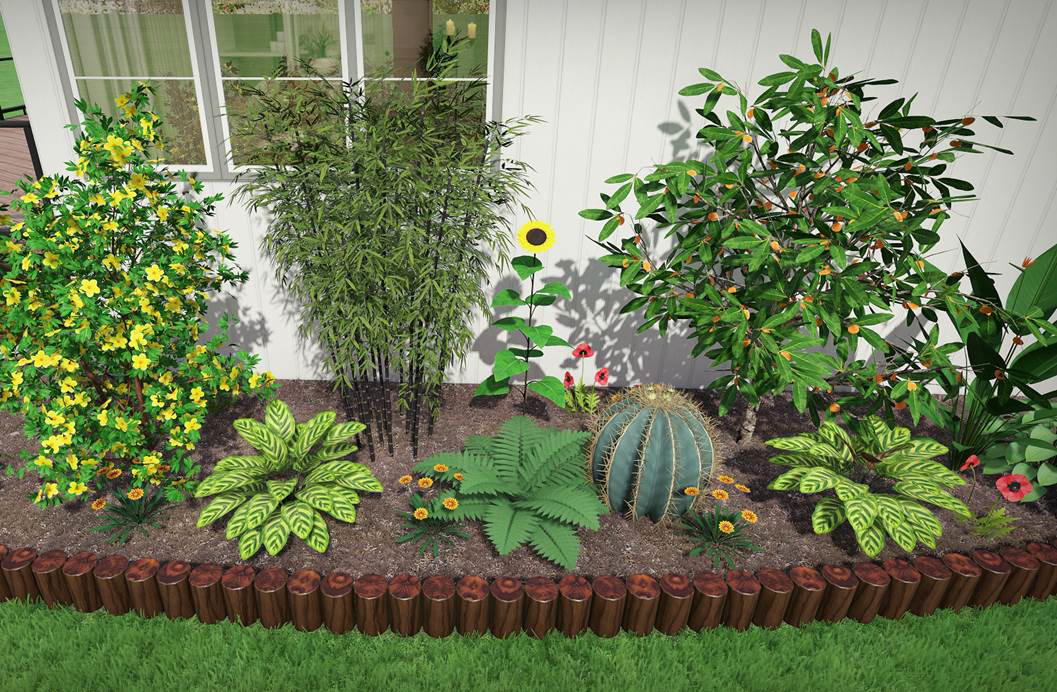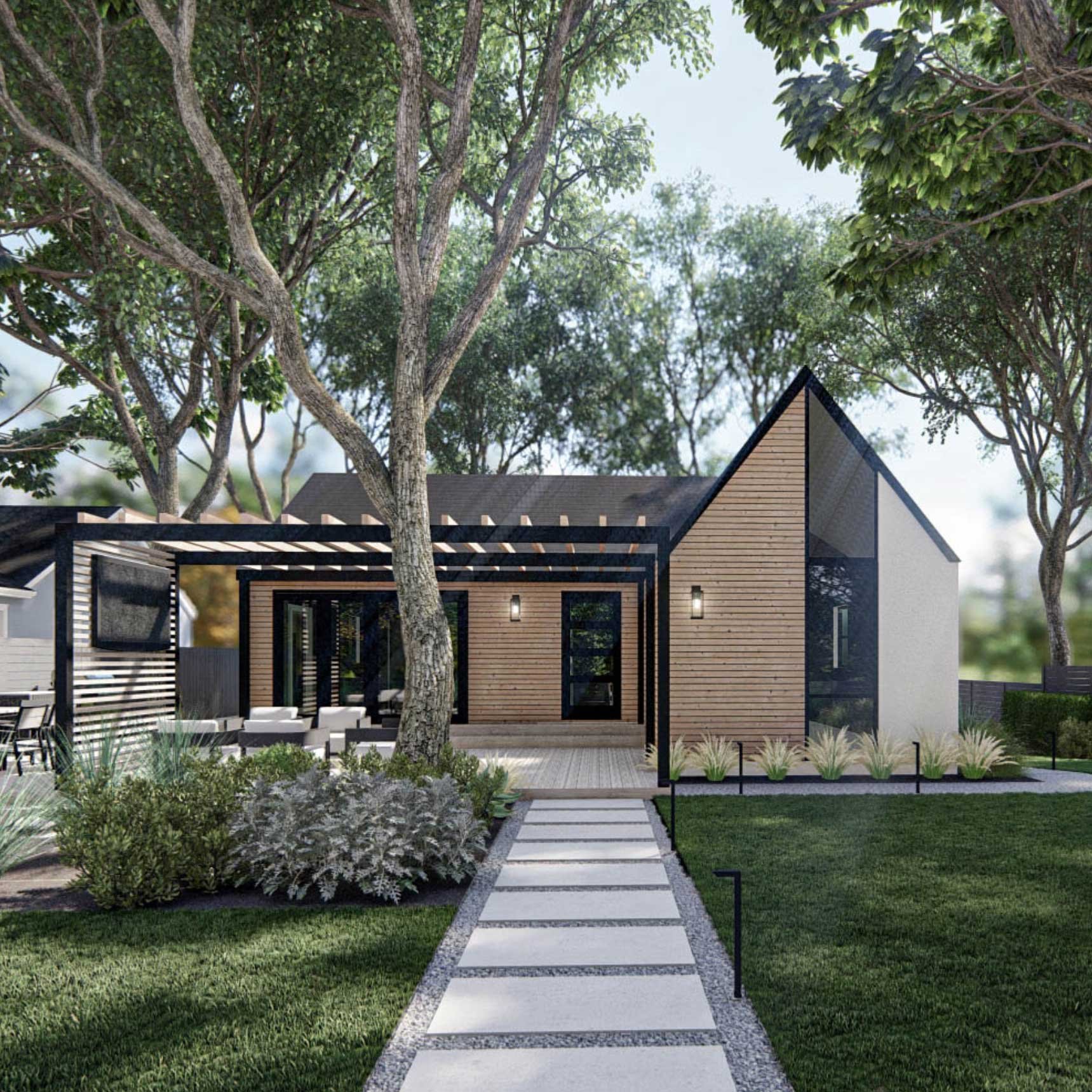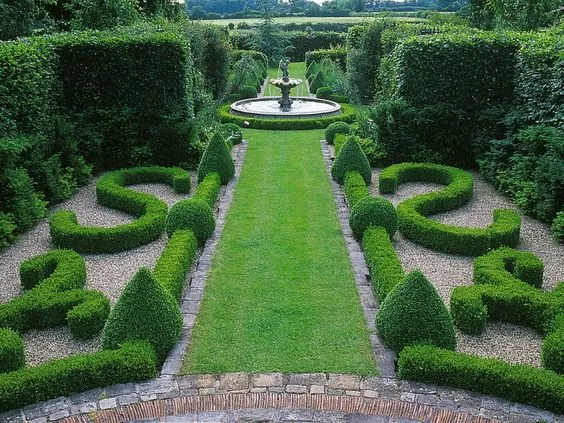An Unbiased View of Landscapers
Table of ContentsLandscapers Can Be Fun For EveryoneSee This Report about Landscapers6 Easy Facts About Landscapers ExplainedThe Basic Principles Of Landscapers Landscapers for BeginnersWhat Does Landscapers Mean?
- A yard attribute where water is represented by an accumulated stone product, typically a gravel or granite. These are most typically discovered in contemporary and Japanese yard design.- A rock or flagstone patio, course, or walkway constructed without a concrete base. The base would certainly be compressed gravel and the joints would be an aggregate or walkable ground cover. - A rock maintaining or complimentary standing wall constructed without the usage of mortar. - An underground framework that gather water and enables it to reduce percolate right into the soil around it.
Landscape layout that is suitable with a sites' setting in both look and sustainability without unfavorable impacts to the setting. Edging in the landscape is a line of separation that produces aesthetic rate of interest in the garden by dividing one segment from an additional segment. This can be visual or functional, maintaining one element (such as pea crushed rock) from getting combined into one more (like bark dirt).
Locations can also have a sensation of "enclosure" supplied by trees, other growings, fencings, or screens. The landscape near the access to a structure.
Getting My Landscapers To Work

The component in a landscape design or location in a landscape that is suggested to be most famous. The focal factor can be a plant, rock, sculpture, gathering room, or other landscape function. A design of yards or garden components that stress straight lines, ideal angles and circles. Shrubs or shrubs found in beds near the structure of a home or various other structure.

Things about Landscapers
Reduced plants that are allowed or motivated to spread over an area. Can refer to any kind of "tough" garden elements consisting of statuary or stones but many commonly is made use of to refer to paths, patio areas, and walls - Landscapers.: Elevation difference between the degree of water in a fish pond (or the level of the pump if it sits outside the fish pond) and the top electrical outlet of water which influences performance of the water pump in gph (gallons per hour).
A chemical made use of to regulate weeds. Fencing boards that run flat, usually used click for source in modern-day or Japanese-inspired landscape layouts. Lines that define spaces within a landscape concept. These often expand from edges or crucial attributes of an existing structure. Proper use fictional lines can aid the landscape feel connected to the home and other components.
A more loosened up garden controlled by bent instead of straight bed lines and a much less rigid structure. Traditional PNW landscapes are informal. A plant that spreads greater than wanted, or right into environments where it does damages. Portland has a checklist of invasive plants that ought to not be set up in landscapes since they can infect woodlands or waterways and be difficult to manage.
Not known Factual Statements About Landscapers
Can include head placements and coverage, pipe sizing, GPM specifications, and products needed to install this system. Certified professional that designs landscapes, schooled in engineering and architecture as well as in gardening.
Landscape designers normally have much less education than Landscape Architects and are not certified. A completed landscape layout, describing all elements for the brand-new landscape.
Calcium material utilized to increase the pH in dirt, which will make it much less friendly to moss (Landscapers). A water tight HDPE material used beneath fish ponds, streams and waterfalls in water functions. Utilizing many growings of the same range to complete an area in the landscape. This can decrease maintenance and water usage in the yard.
A mix of about his concrete, sand, and water that is used in rock masonry for setting rocks and joints. A layer of garden compost or bark dirt applied at the base of a plant. A mass planting of moss. A plant that was existing in a geographic place before individuals began transforming the landscape.
Some Known Incorrect Statements About Landscapers
Just how the garden or a yard aspect is arranged in partnership to an existing or new function or to an instructions. Lawns that are not mowed but expanded in landscapes as perennials.

Small round gravel. Plants that give seasonal rate of interest and afterwards pass away back in the winter season. Annuals do not come back the following season, but perennials do. Winter season turf that is the most typical lawn yard in Portland, OR and the remainder of the PNW.An open roofed framework over a patio area or other landscape attribute.
The most common landscape gravel in the PNW. Location of the landscape designed to manage rain water until it can soak right into the ground.
Structure made from timber, concrete, paving stones, blocks or other products for supporting slopes and protecting against too much disintegration. Slim watercourse. Creating a yard feature consisting largely of rocks with plantings that enhance and can flourish in the rough setting. Sprinkler head style that revolves a stream of water throughout a location.
Some Known Questions About Landscapers.
